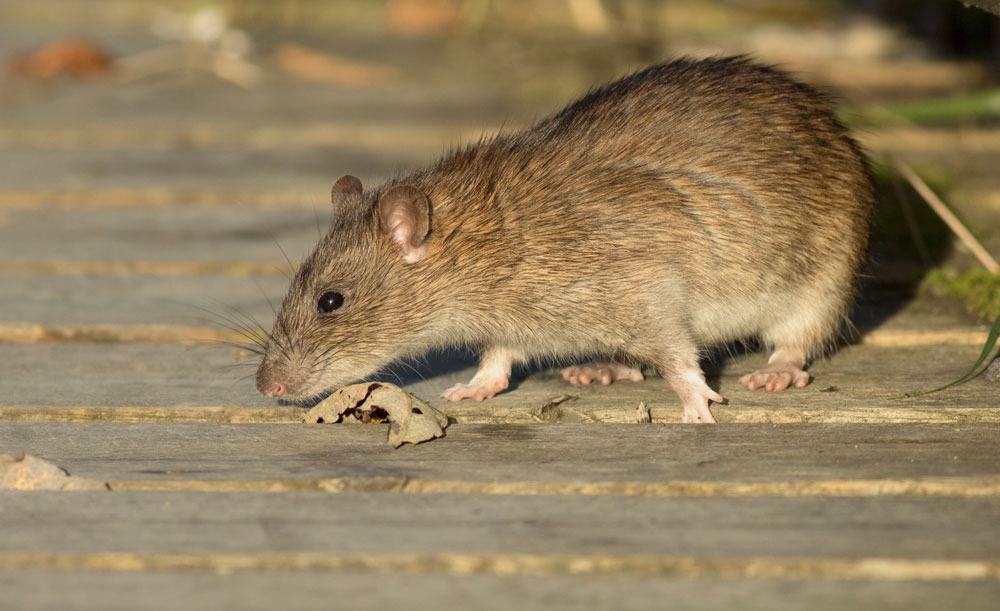
Two questions you’ll want to answer in determining treatment options for rodent problems are: “How are they getting in?” and “Where are they harboring?” Rodents typically build nests near food surfaces and can enter through the smallest of openings, including under door clearances and around water lines, a/c ducts, drain pipes and vents. A rodent infestation should not be taken lightly. These creatures have been known to cause millions of dollars in structural damage, including fires.
Over 2000 species of rodents have been counted, all sharing one distinctive trait: a compelling need to gnaw and chew. This is due to the presence of chisel-like incisor teeth which continue to grow throughout the animal’s life. Naturally they have to wear down these pearly whites by gnawing and chewing on almost anything in sight, including a number of household items.
The presence of rats can be detected by droppings or evidence of fresh gnawing. Tracks can be seen in mud and on dusty surfaces. Runways and burrows may be found next to buildings, along fences or railroad tracks, and under low vegetation and debris.
Rats will eat nearly any type of food, but they prefer high-quality foods such as meat and fresh grain. Rats require 1/2 to 1 fluid ounce of water daily when feeding on dry food. Rats have keen taste, hearing and sense of smell. They will climb to find food or shelter, and they can gain entrance to a building through any opening larger than 1/2 inch across.
Rats have litters of 6 to 12 young, which are born 21 to 23 days after mating. Young rats reach reproductive maturity in about three months. Breeding is most active in spring and fall. The average female has four to six litters per year. Rats can live for up to 18 months, but most die before they are one year old.
